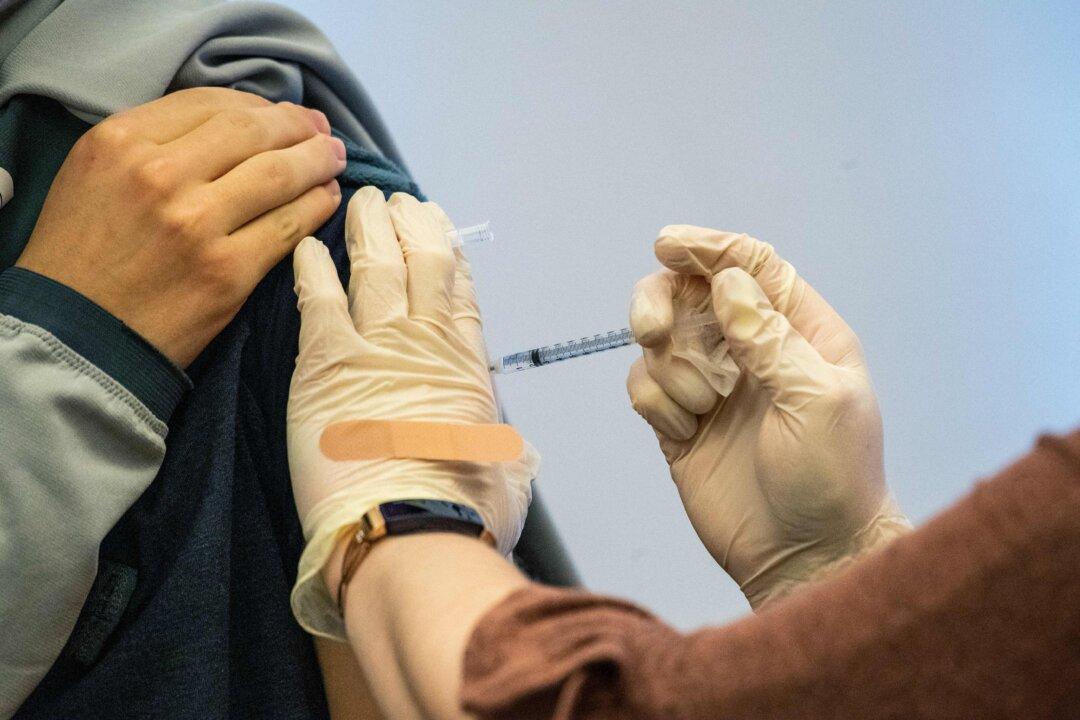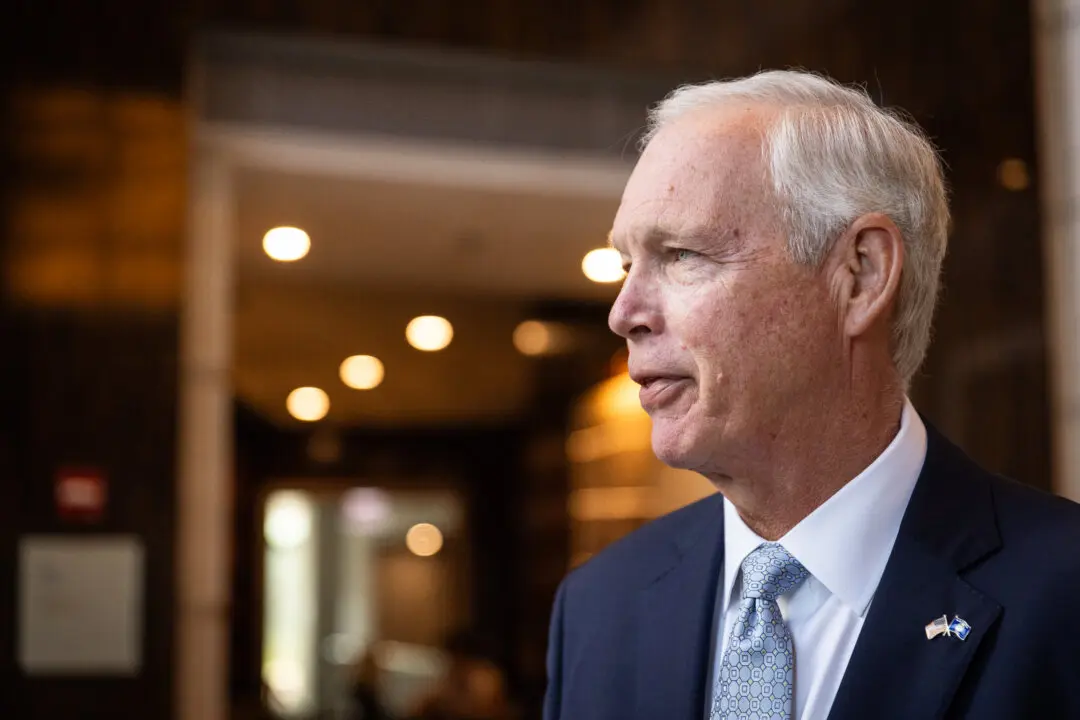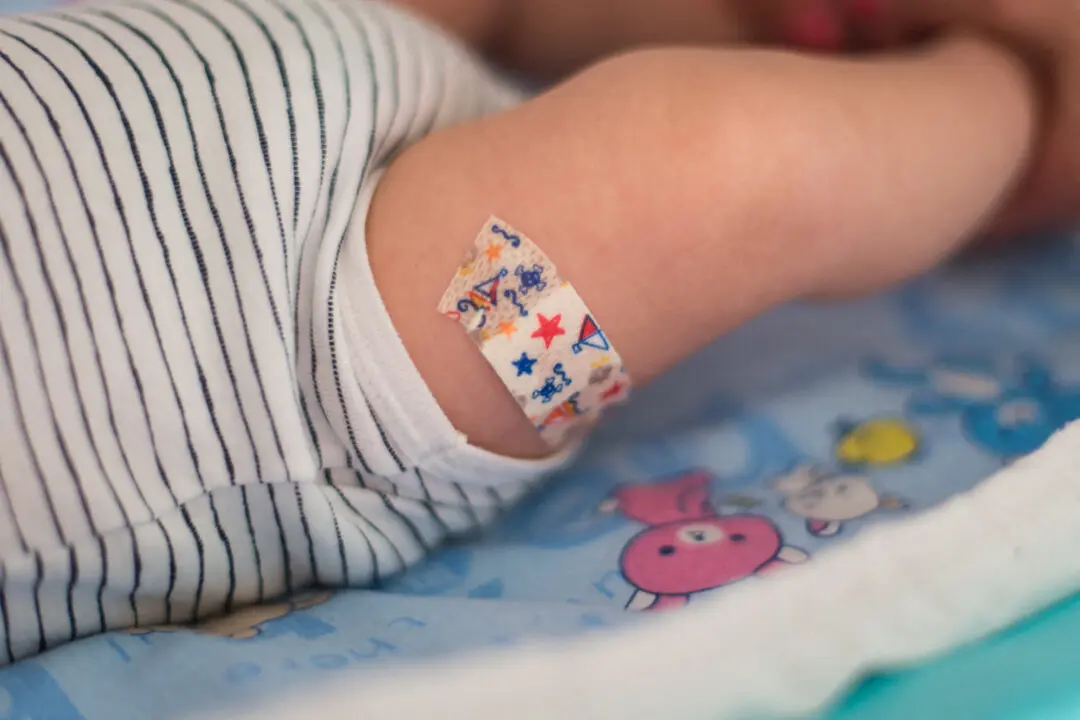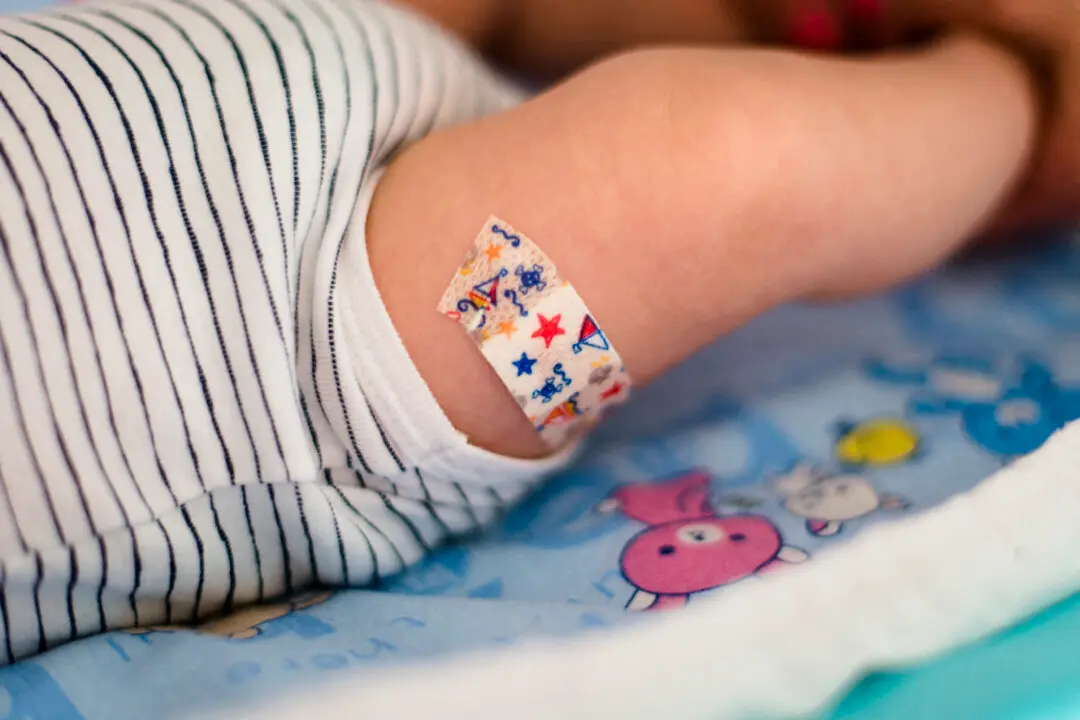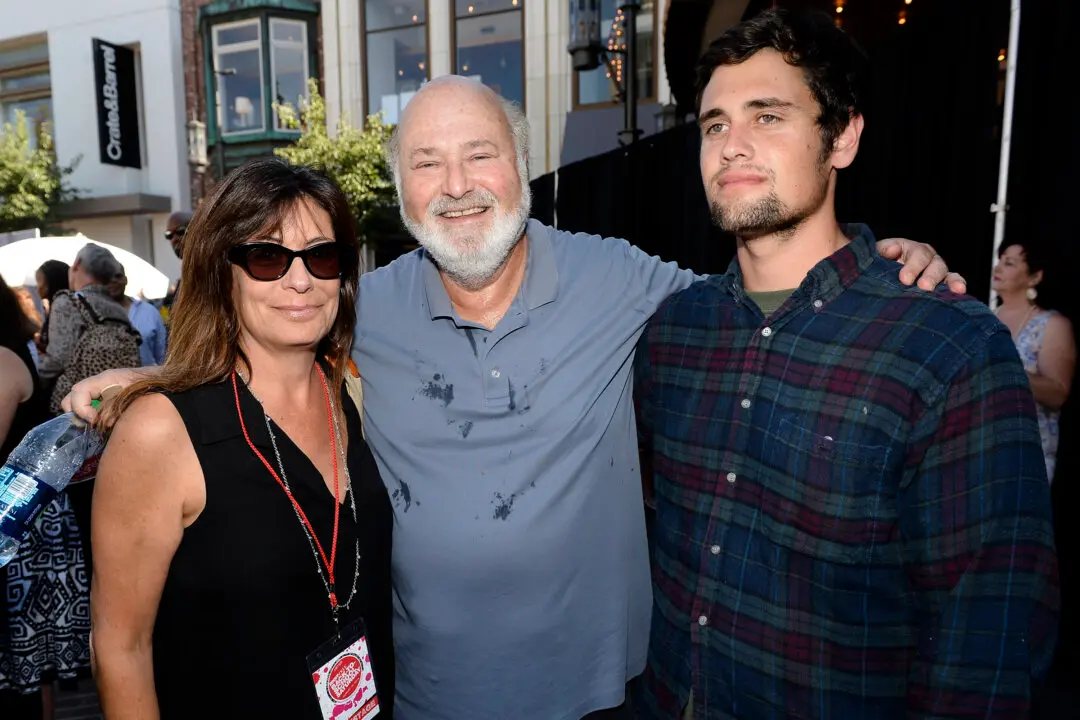U.S. Food and Drug Administration (FDA) scientists on June 13 said Pfizer’s COVID-19 vaccine performed well in young children, despite more vaccinated participants in Pfizer’s clinical trial experiencing severe illness than unvaccinated ones.
The data from the trial shows it is effective “in preventing COVID-19 in the age group of 6 months through 4 years,” FDA scientists said in a brief (pdf) filed with its vaccine advisory panel.
